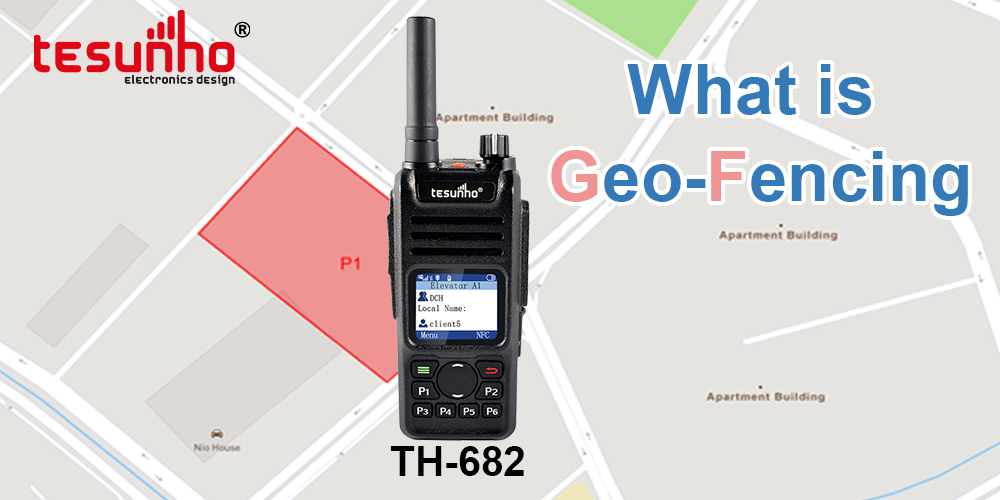
What is Geo-Fencing
Geo-fencing is a location-based service that creates a virtual boundary around a physical area. It uses GPS (Global Positioning System), RFID (Radio Frequency Identification), Wi-Fi, or cellular data to track the movements of people or objects within a defined zone. When a device, such as a smartphone or two-way radio, enters or exits the virtual boundary, an alert will be triggered, notifying the relevant parties.
Geo-fencing can greatly enhance the functionality of two-way radios, especially for businesses or organizations that need to monitor personnel or equipment at specific locations. The integration of geo-fencing with radios provides real-time location tracking, adding a layer of security and operational efficiency to communication systems.
Here are some of the key functionalities and benefits of geo-fencing on two-way radios:
Real-Time Location Monitoring: Geo-fencing can be used to monitor the location of a user in real-time. When a radio user enters or exits a predetermined geographical area, the system can notify the supervisor or team leader. This is particularly advantageous in industries such as construction, security, and logistics, where the precise location of workers or assets is of utmost importance.
Safety and Security: In case of an emergency, geo-fencing allows for instant alerts when a user enters an unsafe zone. For example, if a worker in a hazardous area crosses into a restricted or dangerous zone, the system will immediately can notify supervisors, enhancing the safety of the workforce.
Compliance and Productivity Monitoring: Geo-fencing can be used to ensure that employees remain within certain areas during work hours. This is crucial for compliance purposes, such as ensuring that workers remain on-site within a regulated environment. It can also help managers monitor productivity by ensuring that workers adhere to worksite boundaries and schedules.
Efficient Resource Allocation: Geo-fencing can be used to track vehicles or equipment using alongside two-way radios. Knowing where assets are at any given time allows for more efficient deployment and resource management, optimizing operations, and reducing downtime.
Automated Alerts and Notifications: Geo-fencing enables automated alerts. For instance, when a worker enters a particular area, supervisors can receive notifications without the necessity to manually monitor their movements. These alerts can be sent via SMS, email, or radio signal which makes it easier to respond to location-based events in real time.
Enhanced Communication and Coordination: Geo-fencing improves communication by making sure that teams in different locations are aware of each other's movements and activities. This can be particularly useful for large-scale operations, such as security patrols, emergency response teams, or field services, where precise coordination is essential.
In summary, geo-fencing technology on two-way radios provides a significant level of safety, security, and operational efficiency. It ensures enhanced tracking, monitoring, and communication, rendering it an essential tool for industries that require real-time location data and effective workforce management.
